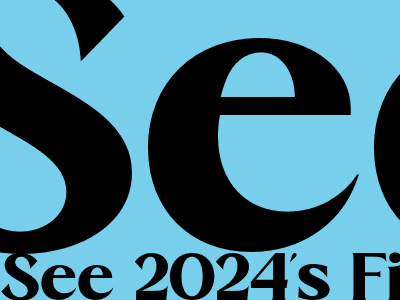
See 2024's Final 'Supermoon' And 'Fireballs': The Night Sky This Week
The Night Sky: December 25-31, 2023
The year ends with a bang as the last supermoon of 2023 graces the night sky. Dubbed the Cold Moon, this celestial event coincides with the Ursid meteor shower, promising a spectacular celestial show. Here's a detailed guide to the night sky events you can expect this week:
Monday, December 25: Cold Moon
The Cold Moon, the last supermoon of 2023, takes center stage tonight. Supermoons occur when the Moon is at its closest point to Earth, making it appear larger and brighter than usual. The Cold Moon gets its name from the frigid temperatures prevalent during this time of year. Look up at approximately 11:33 PM EST to catch a glimpse of this awe-inspiring lunar spectacle.
Tuesday, December 26: Ursid Meteor Shower
Stargazers are in for a treat as the annual Ursid meteor shower peaks tonight. Originating from the constellation Ursa Minor, these meteors produce slow-moving, bright fireballs that can persist for several seconds. The best viewing time is between midnight and dawn, when up to 10 meteors per hour can be visible under clear skies.
Wednesday, December 27: Moon Enters Last Quarter
The Moon enters its Last Quarter phase tonight, meaning it will appear half-illuminated. During this phase, the Moon rises around midnight and sets around noon, offering ample time for observation. Its waning gibbous shape makes it a perfect target for astrophotography.
Thursday, December 28: Venus At Greatest Western Elongation
Venus, the second planet from the Sun, reaches its greatest western elongation tonight. This means it will be at its farthest point west of the Sun as seen from Earth. Venus will be visible in the evening sky, shining brightly as the "Evening Star." Look for it low on the horizon after sunset.
Friday, December 29: Saturn Visible All Night
Saturn, the ringed planet, is visible all night tonight. Shining in the constellation Capricornus, Saturn is easily recognizable by its distinctive rings. Use binoculars or a telescope for a closer view of its intricate details, including its moons and the gaps in its rings.
Saturday, December 30: Moon Conjunction With Mars
A celestial encounter occurs tonight as the Moon forms a conjunction with Mars. The two will appear close together in the night sky, providing an excellent opportunity to compare their sizes and colors. Mars will be visible as a reddish dot next to the Moon.
Sunday, December 31: Moon Conjunction With Jupiter
The year ends with another conjunction, this time between the Moon and Jupiter. The two will be visible close together in the night sky, with Jupiter outshining the Moon with its brilliant glow. Look for them in the constellation Pisces.